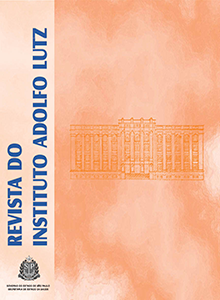Neutrophil gelatinase-associated lipocalin (NGAL) as a biomarker of kidney damage: a review
Keywords:
NGAL, kidney disease, prognosis, biomarker
Abstract
Neutrophil gelatinase- associated lipocalin (NGAL) is a protein molecule predominantly expressed in the distal nephron after the occurrence of renal injury. Unlike the serum creatinine and the glomerular filtration rate, which are the renal function markers, the increased levels of NGAL, both in serum and urine, are closely linked to the structural injury to the nephron. Clinical studies indicate that a few hours after the occurrence of acute renal injury, the serum and urinary levels of NGAL are already significantly elevated, while the serum creatinine levels and renal clearance only undergo significant changes between 24-48h after injury. Thus, the use of renal function markers, usually assessed in the clinical practice, they may have some limitations also hindering the implementation of early measures aimed at protecting the kidneys. This literature review aims at examining the biological aspects and the applications of NGAL measurement in some clinical conditions, including kidney failure, kidney diseases and renal ischemia.
Published
2016-10-25
How to Cite
Lago, M. W., Moresco, R. N., & Bochi, G. V. (2016). Neutrophil gelatinase-associated lipocalin (NGAL) as a biomarker of kidney damage: a review. Revista Do Instituto Adolfo Lutz, 75, 01-13. Retrieved from https://periodicoshomolog.saude.sp.gov.br/index.php/RIAL/article/view/33503
Issue
Section
REVIEW ARTICLE










